
Toughened glass is also known as tempered glass is a processed glass which is four to five times stronger than float glass. Due to its strength, it is used for safety purposes, hence it is also called safety glass or tempered safety glass. It is used as structural glass to make glass floors, canopies, safety glazing, balustrades, staircase, etc.The normal glass or float is cut in required size and is heated in the furnace to a uniform temperature of 620-650 degrees Celsius and then rapidly cooled. As a result of rapid change in temperature, the strength of glass increases.
It can withstand temperature changes up to 250 degrees Celsius, unlike float glass which can handle temperature differential up to 40 degrees Celsius only. Toughened glass is difficult to break and even if it breaks due to impact, it will shatter into small pieces which are blunt and do not cause fatal injuries. Thus it is widely used as safety glass.
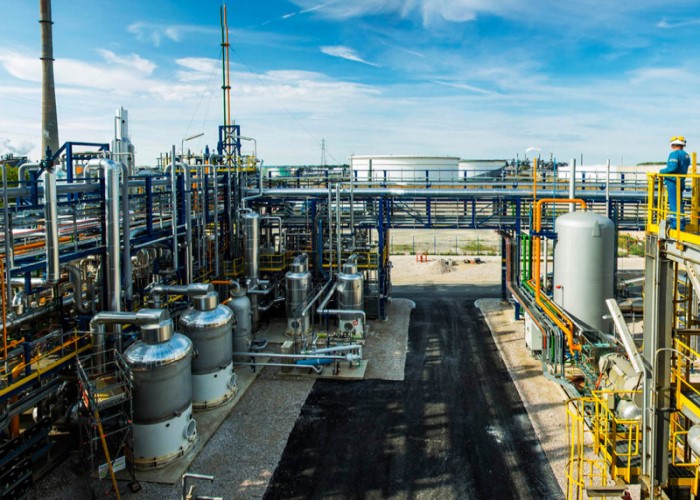
A pipe is a tubular section or hollow cylinder, usually but not necessarily of circular cross-section, used mainly to convey substances which can flow liquids and gases (fluids), slurries, powders and masses of small solids. It can also be used for structural applications; hollow pipe is far stiffer per unit weight than solid members.
In common usage the words pipe and tube are usually interchangeable, but in industry and engineering, the terms are uniquely defined. Depending on the applicable standard to which it is manufactured, pipe is generally specified by a nominal diameter with a constant outside diameter (OD) and a schedule that defines the thickness. Tube is most often specified by the OD and wall thickness, but may be specified by any two of OD, inside diameter (ID), and wall thickness. Pipe is generally manufactured to one of several international and national industrial standards.
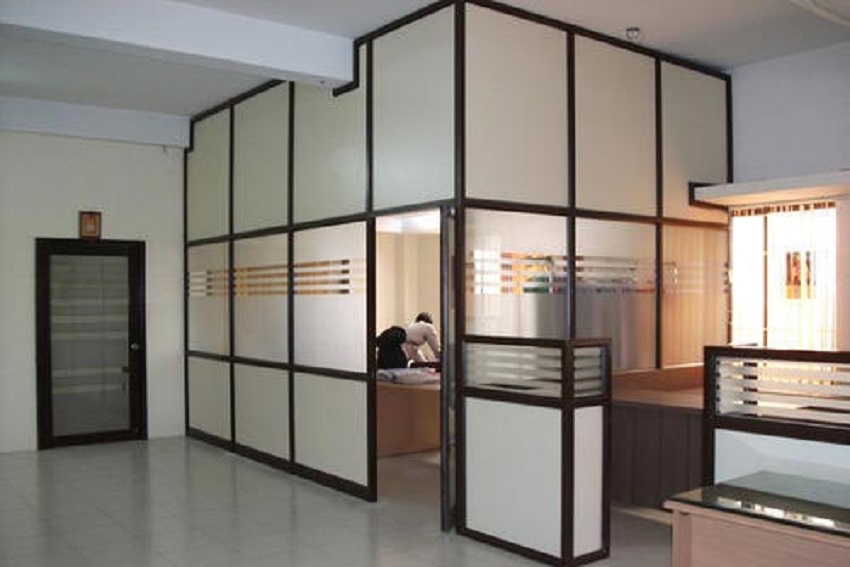
However, despite its many advantages there are a number of challenges for aluminium fabrication shops looking to work with aluminum effectively. Steel is much simpler to weld than aluminum, therefore, aluminum welding services should be handled by a shop with experience. Since aluminum is a softer metal than steel, when feeding the wire used for welding it is more susceptible to damage. More importantly, aluminum has a high thermal conductivity, meaning heat it deflected away from the welding area, which can result in incomplete fusion. Skilled aluminum welding services understand this and are capable of working around it to achieve high quality welds.
Another hurdle in aluminium fabrication is aluminum laser cutting. Precision metal fabrication requires a high attention to detail. Laser cutting can provide a high level of accuracy and consistency when cutting metal parts, however laser cutters can only handle material up to certain thicknesses. Due to the high thermal conductivity of aluminum, it can only be cut in thinner sheets that when cutting steel.
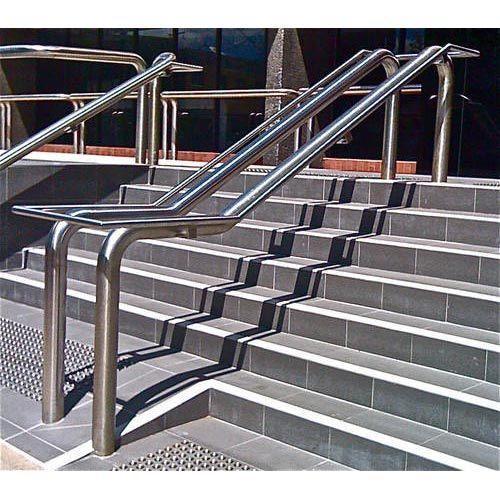
Stainless steels are most notable for their corrosion resistance, which increases with increasing chromium content. Additions of molybdenum increases corrosion resistance in reducing acids and against pitting attack in chloride solutions. Thus, there are numerous grades of stainless steel with varying chromium and molybdenum contents to suit the environment the alloy must endure. Resistance to corrosion and staining, low maintenance, and familiar luster make stainless steel an ideal material for many applications where both the strength of steel and corrosion resistance are required.
Stainless steel is rolled into sheets, plates, bars, wire, and tubing to be used in: cookware, cutlery, surgical instruments, major appliances; construction material in large buildings, such as the Chrysler Building; industrial equipment (for example, in paper mills, chemical plants, water treatment); and storage tanks and tankers for chemicals and food products (for example, chemical tankers and road tankers). Corrosion resistance, the ease with which it can be steam cleaned and sterilized, and lack of need for surface coatings has also influenced the use of stainless steel in commercial kitchens and food processing plants.
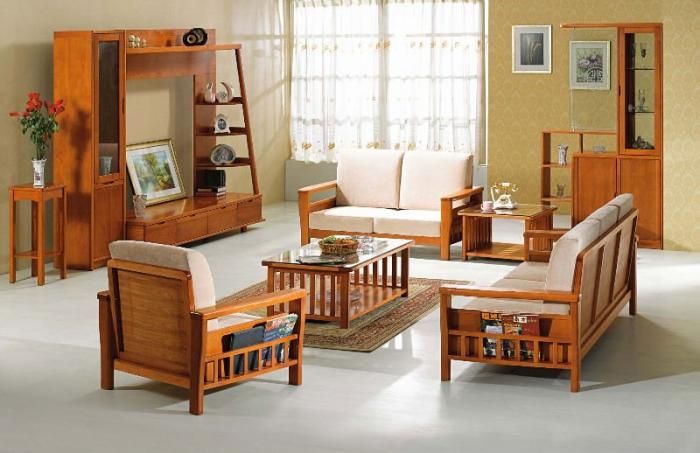
Furniture refers to movable objects intended to support various human activities such as seating (e.g., chairs, stools, and sofas), eating (tables), and sleeping (e.g., beds). Furniture is also used to hold objects at a convenient height for work (as horizontal surfaces above the ground, such as tables and desks), or to store things (e.g., cupboards and shelves). Furniture can be a product of design and is considered a form of decorative art. In addition to furniture's functional role, it can serve a symbolic or religious purpose. It can be made from many materials, including metal, plastic, and wood. Furniture can be made using a variety of woodworking joints which often reflect the local culture
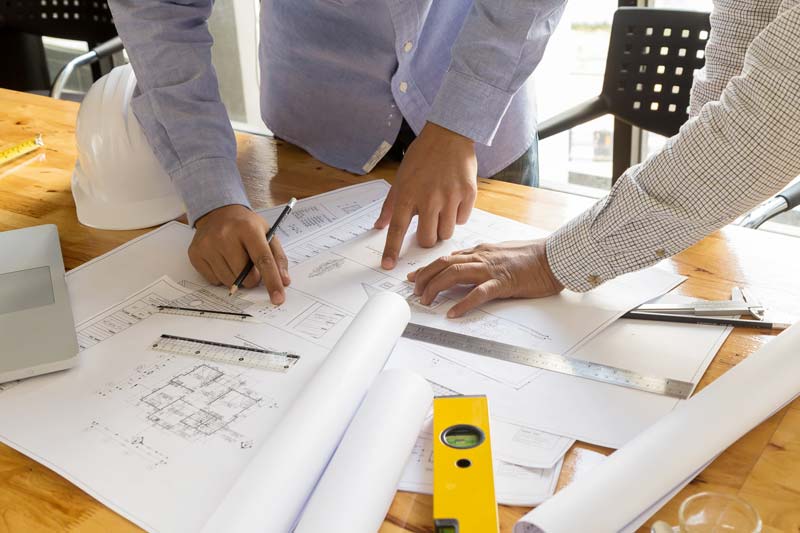
In the field of architecture an architectural plan is a design and planning for a building, and can contain architectural drawings, specifications of the design, calculations, time planning of the building process, and other documentation.
A building is a man-made structure with a roof and walls standing more or less permanently in one place. Buildings come in a variety of shapes, sizes and functions, and have been adapted throughout history for a wide number of factors, from building materials available, to weather conditions, to land prices, ground conditions, specific uses and aesthetic reasons. To better understand the term building compare the list of nonbuilding structures. The gallery below gives an overview of different types of buildings.
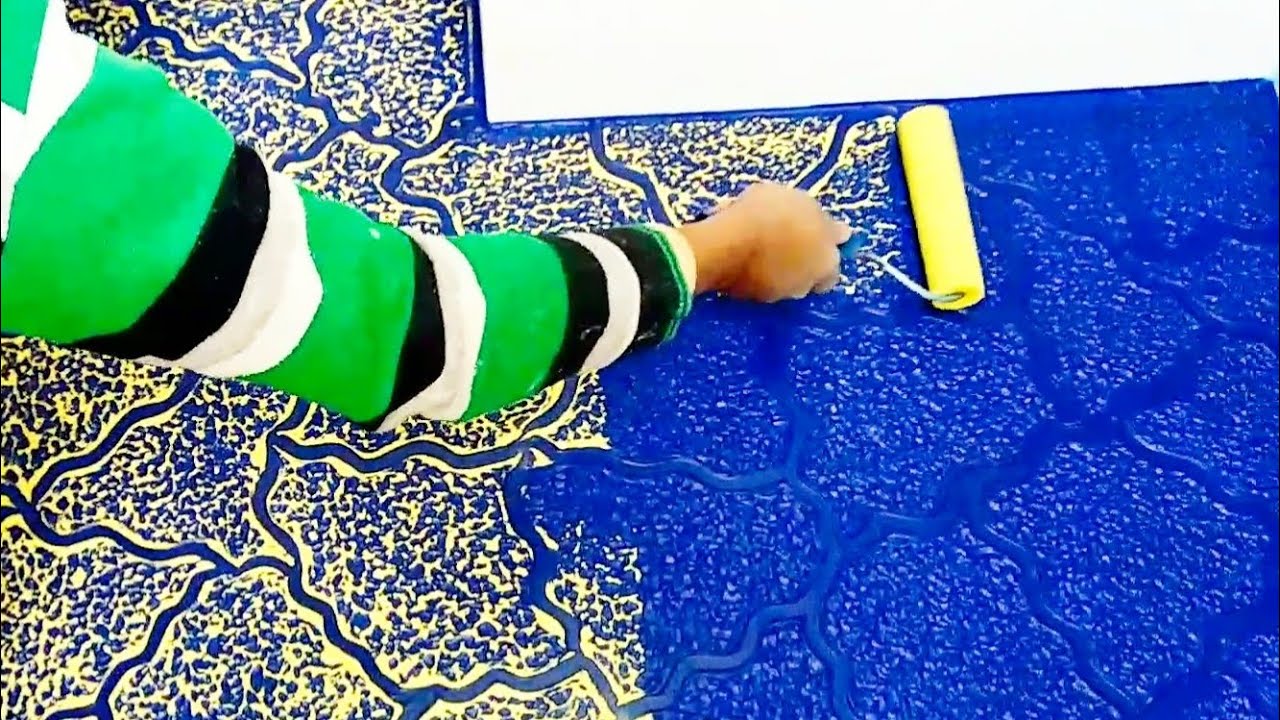
Texture in painting refers to the look and feel of the canvas. It is based on the paint, and its application, or the addition of materials such as ribbon, metal, wood, lace, leather and sand. The concept of "painterliness" also has bearing on texture. The texture stimulates two different senses: sight and touch. There are four types of texture in art: actual, simulated, abstract, and invented texture.
Actual texture is a combination of how the painting looks, and how it feels on being touched. It is associated both with the heavy buildup of paint, such as an impasto effect, or the addition of materials. Many artists around the world use different items and materials to create actual texture in their pieces, some create textured pieces to be touched and experienced.

Interior design is the art and science of enhancing the interior of a building to achieve a healthier and more aesthetically pleasing environment for the people using the space. An interior designer is someone who plans, researches, coordinates, and manages such enhancement projects. Interior design is a multifaceted profession that includes conceptual development, space planning, site inspections, programming, research, communicating with the stakeholders of a project, construction management, and execution of the design.

Exterior design is better known as Architecture. The definition of Architecture has always been complex and elusive, but I'll give it a shot. For me, architecture is the process by which a space is defined and created. Essentially, architects do not only "build" walls (I'm using walls as an example, but it could be many different elements), we use walls to create spaces that are hopefully imbued with a sense of place. In order to do this, we must have an understanding of both the physical aspects that govern the construction of a wall and the psychological effects that placing that kind of wall in that particular place will have on a person. In a sense, we are trapped between two worlds, with one foot (hopefully) grounded in construction and physics, and another foot on the cloudy dreamscape of an artistic endeavor.
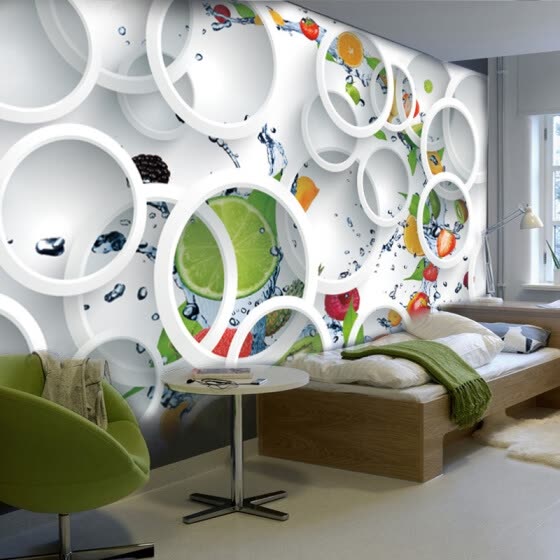
Painting is the practice of applying paint, pigment, color or other medium to a solid surface (called the "matrix" or "support"). The medium is commonly applied to the base with a brush, but other implements, such as knives, sponges, and airbrushes, can be used. The final work is also called a painting.
Painting is an important form in the visual arts, bringing in elements such as drawing, gesture (as in gestural painting), composition, narration (as in narrative art), or abstraction (as in abstract art). Paintings can be naturalistic and representational (as in a still life or landscape painting), photographic, abstract, narrative, symbolistic (as in Symbolist art), (as in Expressionism), or political in nature (as in Artivism).